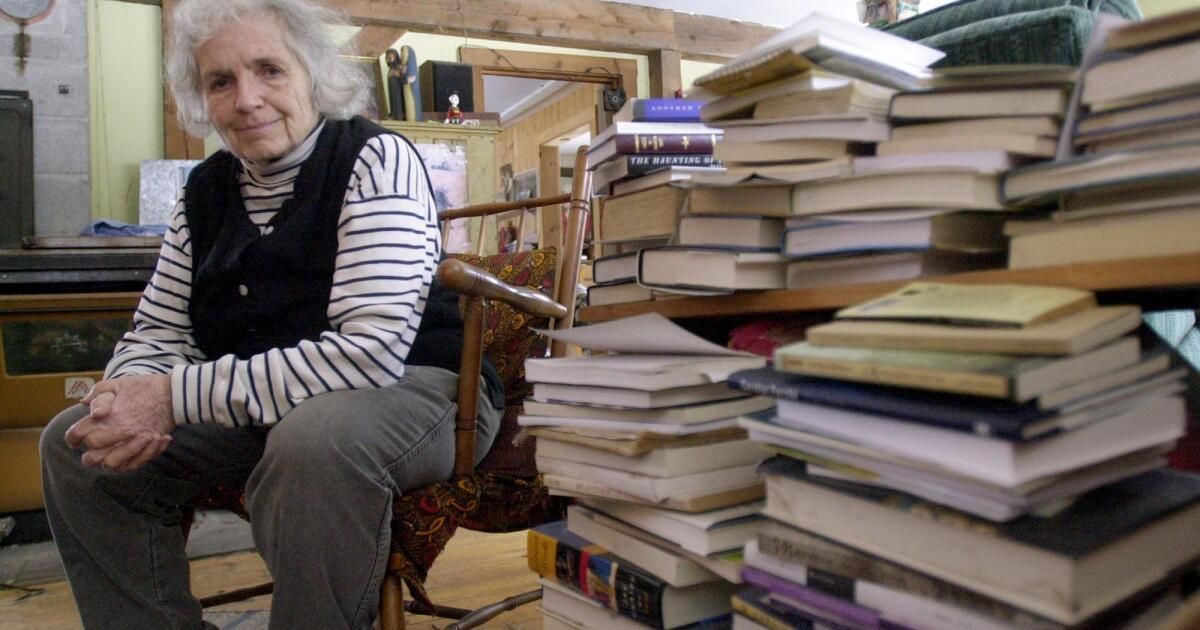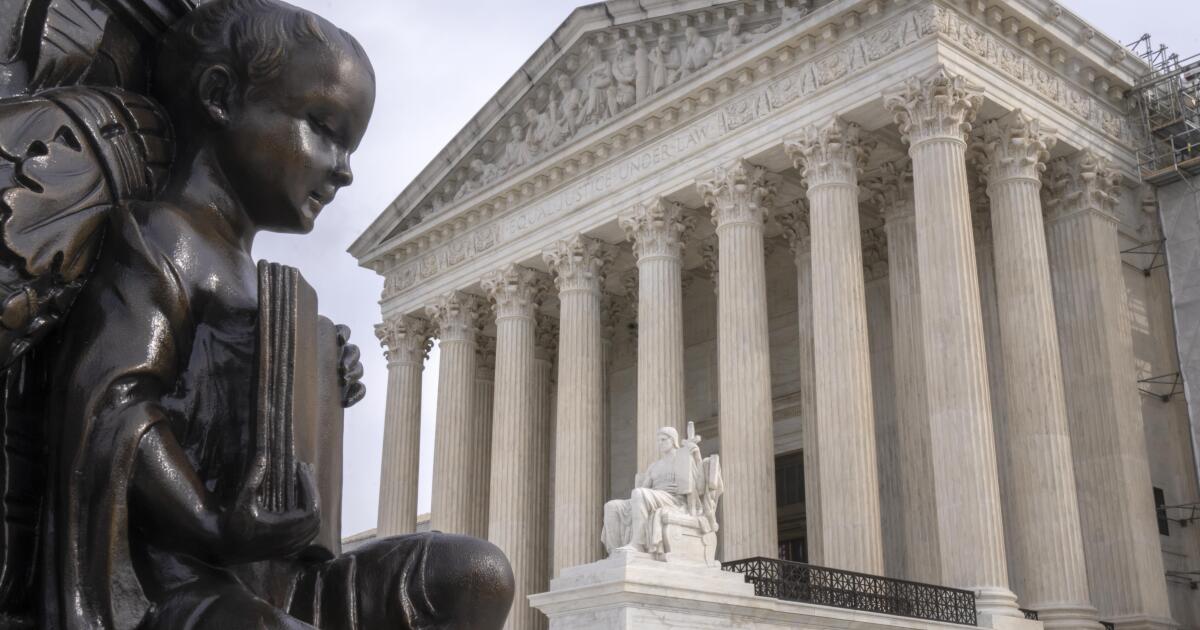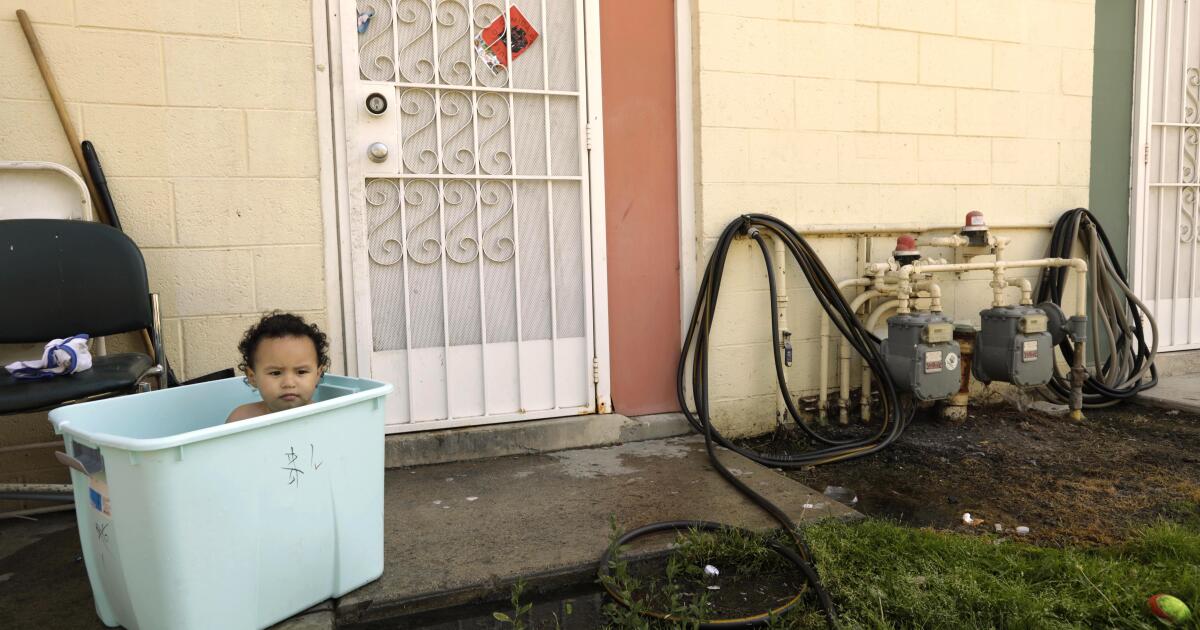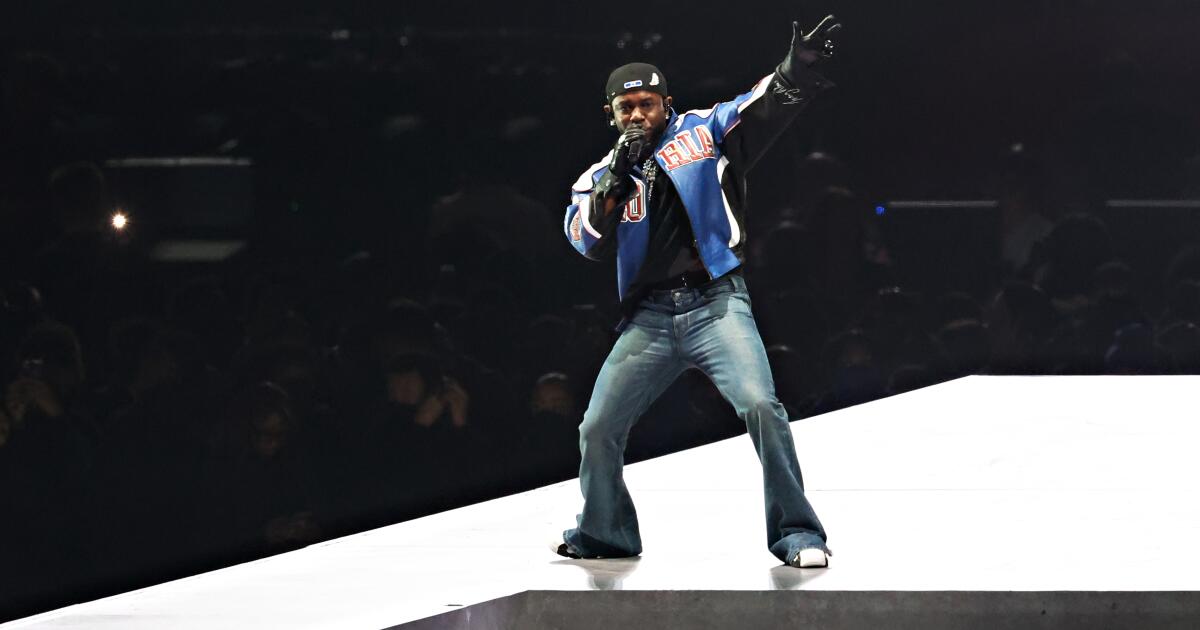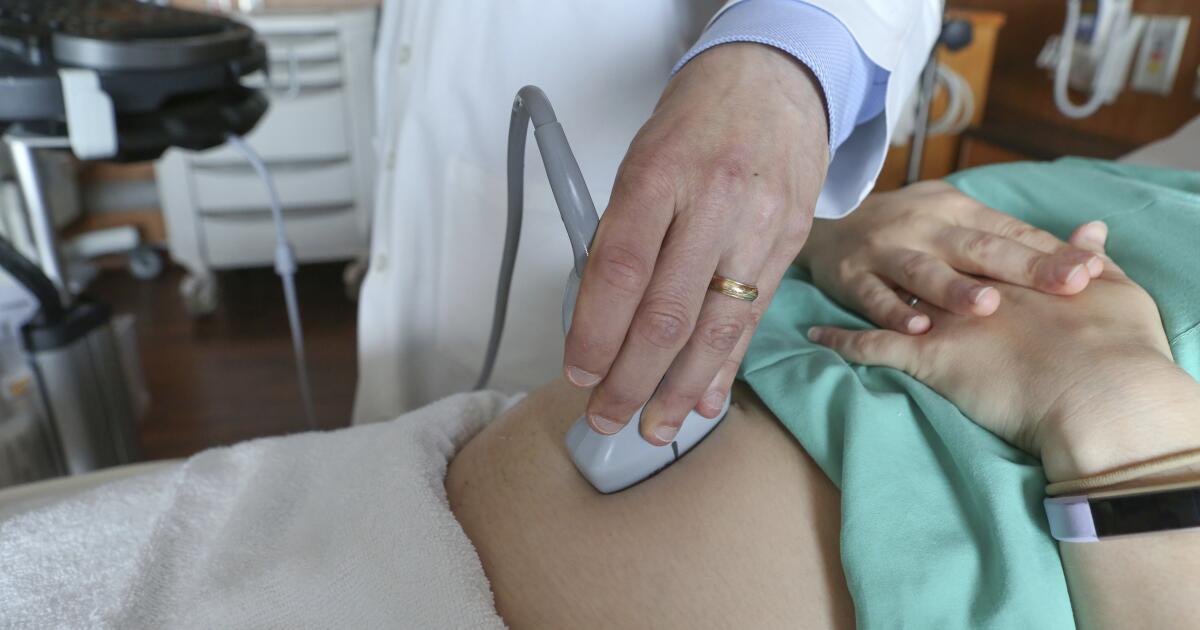In recent months, as fighting over the war in Gaza has fractured American universities (including my own at UCLA), I have been thinking frequently about Grace Paley's 1991 article, “Three Days and a Question.” In this short autobiographical story, the American Jewish author and activist recounts three scenes that take place over three days on the streets of New York. In each case, someone who has suffered trauma offers a bare arm. As its title suggests, Paley's story offers not easy answers, but probing questions: questions about Jewish identity, anti-Semitism, and the difficulties of solidarity that remain as urgent as they were when Paley wrote. She (She Died in 2007).
The three scenes Paley recounts resonate 30 years later, but the first is strikingly familiar in our time of conflict. The story begins:
“On the first day I joined a demonstration against the arrest in Israel of members of Yesh Gvul, Israeli soldiers who had refused to serve in the occupied territories. Yesh Gvul means: There is a limit.” Like today's university protests, this demonstration, taking place during the first Intifada, is packed with members of the press, including a female anchor.
“'What do you think?' asked the presenter. 'What to do you “Think,” he asked a woman passing by, a woman about my age.
“'Anti-Semites,' the woman said quietly.
“The presenter said, 'But they're Jewish.'
“'Anti-Semites,' the woman said, a little louder.”
At that moment, one of the protesters steps forward and confronts the passerby in accented English: “Are you crazy? How can you…? He listens to what we are saying…. How dare you say that? All of us Jews. Me, he said. He rolled up the sleeve of his shirt. Me? Call me? You look. He extended his arm. Look at this one.” The passer-by refuses. But the protester persists: “Look at my number, what they did to me. My arm… you have no right.” She remains impassive: “'Antisemite,' she said through clenched teeth. 'He hates Israel.' '” The protester, now revealed to be a survivor wearing a Nazi-inflicted tattoo, desperately responds: “No, no, he said, you fool. My arm… you're afraid to look… at my arm.. . my arm.
Israel supporters marched in front of the USC campus earlier this month.
(Jae C. Hong/Associated Press)
Many Jews will recognize the scene Paley describes. Whether on social media, in family discussions, or at universities, versions of intra-Jewish conflict are a constant feature of our post-October crisis. 7 moment, as, in fact, they have been for some time. The horrific events of October 7 and Israel's catastrophic war on Gaza have exacerbated tensions among American Jews over how to think about Zionism, Jewish identity, and Jewish ethics. While the mainstream Jewish community remains strongly supportive of Israel, polls also show a growing generational divide, with many younger Jews embracing the Palestinian cause. Across the United States, there are Jewish students and professors on both sides of the barriers set up on campuses around Palestinian solidarity camps. Jewish division has probably never been more visible in this country.
Paley's story also presciently predicts a phenomenon that is becoming increasingly prominent: the weaponization of accusations of anti-Semitism to stifle dissent over Israeli actions. As Paley emphasizes, even a critic with the most radical personal experience of anti-Semitism (the deportation to Auschwitz) can be accused of being anti-Jewish. Paley seems to have understood decades in advance how politically charged and consequential the issue of anti-Semitism would be.
Today we are faced with a situation in which the accusation made by the Paley bystander may acquire the force of law. On May 1, the House of Representatives passed the Anti-Semitism Awareness Act, which, if passed by the Senate and signed by President Biden, would link federal anti-discrimination laws to the controversial International Holocaust Remembrance Alliance “practical definition of antisemitism.Beyond the vagueness of the definition itself, the definition of authority is subject to abuse due to the accompanying illustrative examples, which disproportionately identify forms of anti-Semitism with criticism of Israel and Zionism. If it becomes law, Israel's critics would be even more vulnerable than they are now. How Paley predicts and how we see it unfold in Germanywould lead, absurdly, to consider many Jews anti-Semitic.
Paley's story, however, does not dwell on this disturbing encounter between protester and accuser. Her last two vignettes make it clear that she is most interested in how confrontations with suffering and injustice provoke discomfort. On the second day the narrator meets a young man with AIDS who undresses his arm to show him his injuries while he asks for money: “No one is going to help me. …Look at my arm. …Have you ever seen injuries? “That’s what people see.” On the third day, a Haitian taxi driver stops his taxi, holds his bare arm against the passenger divider, and asks why refugees from his country are denied entry: “Tell me, this skin, this black skin, why? Why do you hate this skin so much?
The story concludes with Paley's own question. What does it mean, she asks, to have faced “those gestures, those arms, the three consecutive days” of disturbing encounters? His question is also our question: a question about how we should respond to excess suffering, to conflicts with family and colleagues, to conflicting narratives about war and peace. Rather than offering easy answers, Paley's story helps us see discomfort as a necessary component of solidarity.
Today's protests over the war in Gaza have generated anger and accusations of anti-Semitism, just like the protest described by Paley; Indeed, it is disturbing to confront the realities of political violence. Gaza is not the only place of suffering on Earth; There is more than enough everywhere. But if we look the other way or try to deflect, like the passerby in the first cartoon who mutters “anti-Semitic,” we risk becoming complicit in the injustice unfolding around us, both outside our doors and thousands of miles away. away.
Michael Rothberg teaches English, comparative literature, and Holocaust studies at UCLA.

